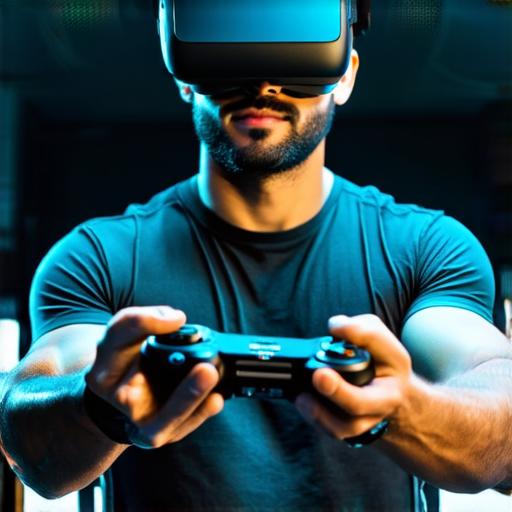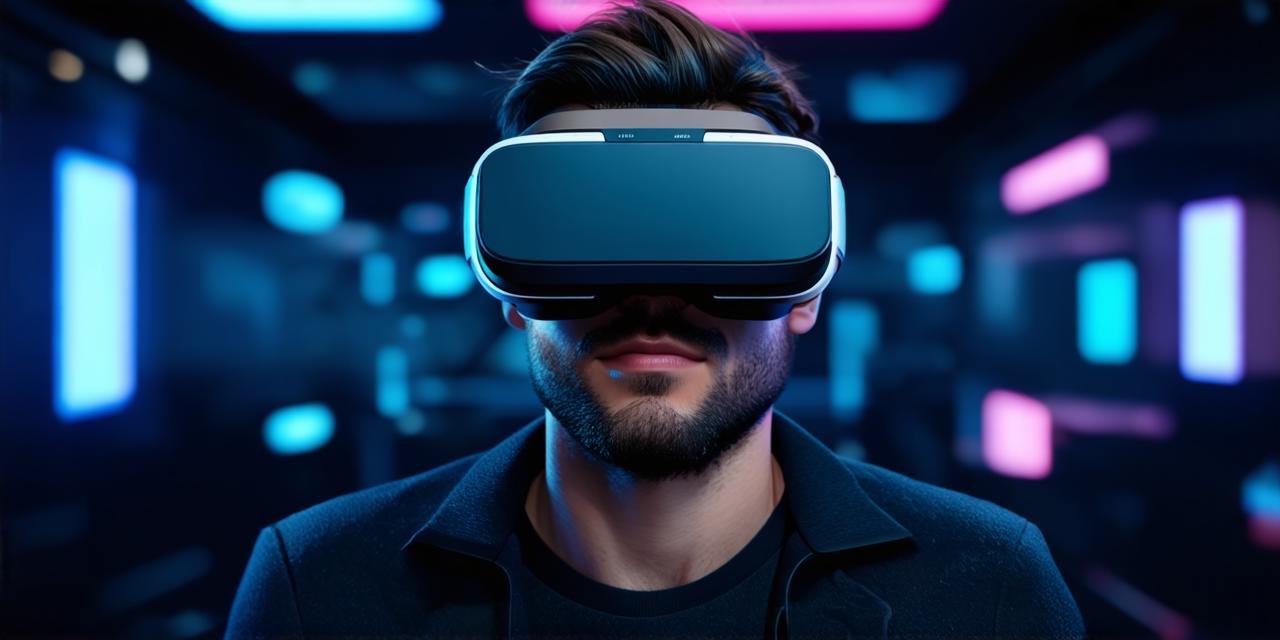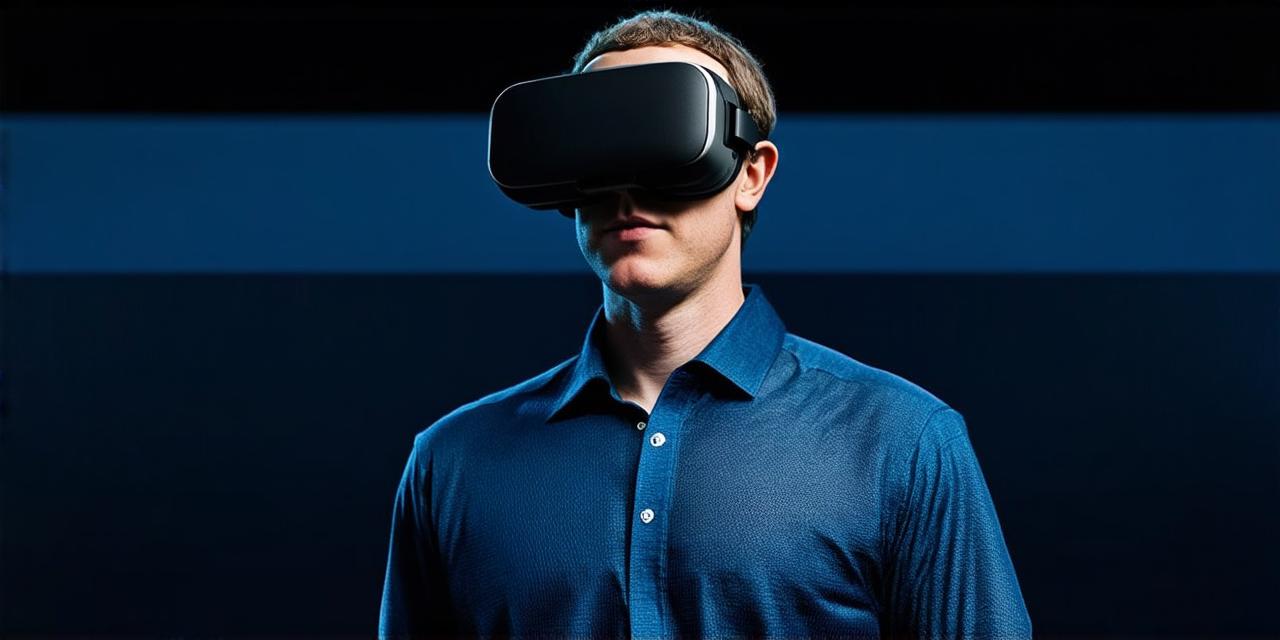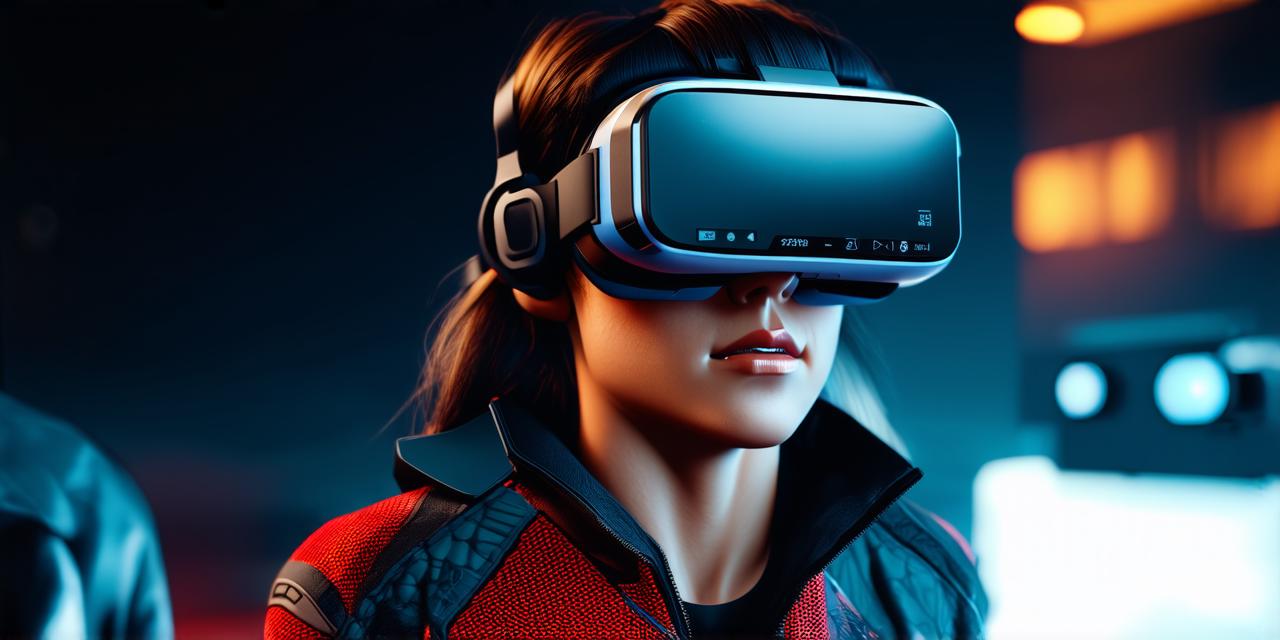
Virtual reality (VR) technology has been around for several years now and has become increasingly popular in recent times. VR headsets are a crucial component of VR systems, and they provide users with an immersive and interactive experience that is both engaging and realistic.
What is a Virtual Reality Headset?
A virtual reality headset is a device that enables users to enter and interact with a simulated environment in a way that feels like they are physically present within that environment. The headset consists of two displays that project stereoscopic images directly into the user’s eyes, creating a three-dimensional image that appears to be real.
Features of Virtual Reality Headsets
Virtual reality headsets come in different varieties and have various features that make them suitable for different applications. Some of the most common features of virtual reality headsets include:
- Field of View (FOV) – The field of view is the amount of the environment that the user can see while wearing the headset.
- Resolution – The resolution of the displays on the headset determines how clear and detailed the images are. Higher resolutions generally result in better visual quality, making for a more realistic experience.
- Refresh Rate – The refresh rate is the number of times the display updates per second. A higher refresh rate can help reduce motion sickness and improve the overall experience by reducing screen flickering.
- Head Tracking – Head tracking refers to the ability of the headset to track the user’s head movements and adjust the images accordingly. This allows for a more realistic and immersive experience, as the user can look around freely in the virtual environment.
- Sensors – Virtual reality headsets come equipped with various sensors that track the user’s movements and adjust the images accordingly. These sensors include accelerometers, gyroscopes, and magnetometers, among others.
- Connectivity Options – Virtual reality headsets can be connected to a computer or other devices using different connectivity options, including USB, HDMI, and DisplayPort.
- Comfort and Ergonomics – The comfort and ergonomics of the headset are crucial for an enjoyable and immersive experience. Some virtual reality headsets are lightweight and comfortable to wear, while others can be bulky and uncomfortable.
- Audio – Virtual reality headsets often come equipped with built-in audio systems that provide a more immersive experience by delivering audio directly to the user’s ears.
Benefits of Virtual Reality Headsets
Virtual reality headsets have numerous benefits that make them suitable for various applications, including:
- Training and Education – Virtual reality can be used to simulate real-world scenarios and provide hands-on training for professionals in various fields, such as medicine, engineering, and military. This can help reduce the risk of accidents and injuries while providing a more effective learning experience.
- Gaming – Virtual reality headsets are an essential component of many modern video games, providing players with an immersive and interactive gaming experience that is both engaging and realistic.
- Entertainment – Virtual reality headsets can be used for entertainment purposes, such as watching movies or experiencing virtual tours. This can provide a more engaging and interactive experience than traditional media formats.
- Design and Architecture – Virtual reality headsets can be used to simulate real-world environments, providing designers and architects with a more accurate representation of their projects. This can help reduce the need for physical prototypes and improve the overall design process.
- Marketing and Advertising – Virtual reality headsets can be used to create immersive product demonstrations and advertising campaigns that are both engaging and memorable.
- Therapy and Rehabilitation – Virtual reality can be used to simulate real-world environments and provide therapy or rehabilitation for patients with various conditions, such as anxiety disorders or phobias.
- Art and Creativity – Virtual reality headsets can be used to create immersive art installations and other forms of creative expression that are both engaging and interactive.
Limitations of Virtual Reality Headsets
Despite their numerous benefits, virtual reality headsets also have some limitations that must be considered when using them. Some of the most common limitations include:
- Cost – Virtual reality headsets can be expensive to purchase, especially high-end models with advanced features.
- Motion Sickness – Some users may experience motion sickness while wearing virtual reality headsets, particularly if the field of view is too high or the refresh rate is too low.
- Comfort and Ergonomics – While some virtual reality headsets are designed to be comfortable to wear, others can be bulky and uncomfortable, leading to fatigue or discomfort after extended use.
- Limited Field of View – Some virtual reality headsets have a limited field of view, which can make the experience less immersive for some users.
- Compatibility Issues – Virtual reality headsets may not be compatible with all devices or operating systems, limiting their usefulness in certain situations.
- Limited Content – While virtual reality technology is rapidly advancing, there is still a limited amount of content available for users to experience. This can make the technology less appealing to some users.
- Privacy Concerns – Virtual reality headsets often capture data about the user’s movements and interactions within the virtual environment, which can raise privacy concerns in some situations.
Case Study: Virtual Reality Headset Use in Healthcare
Virtual reality technology has been used in healthcare to provide immersive and interactive experiences for patients with various conditions. One example of this is the use of virtual reality headsets for pain management and therapy for patients with chronic pain.
In a study published in the Journal of Medical Internet Research, researchers found that virtual reality interventions were effective in reducing pain and improving mood and quality of life for patients with chronic pain. The study also found that virtual reality interventions were well-tolerated and had low side effects.
Another example of virtual reality technology being used in healthcare is the use of virtual reality headsets for exposure therapy for patients with anxiety disorders or phobias. In a study published in Frontiers in Neuroscience, researchers found that virtual reality exposure therapy was effective in reducing anxiety levels and improving quality of life for patients with social anxiety disorder. The study also found that virtual reality exposure therapy was more effective than traditional cognitive-behavioral therapy.
FAQs
1. What is the purpose of a virtual reality headset?
The purpose of a virtual reality headset is to enable users to enter and interact with a simulated environment in a way that feels like they are physically present within that environment.
2. How does a virtual reality headset work?
A virtual reality headset works by capturing data about the user’s movements and interactions within the virtual environment, which is then displayed on screens that mimic the user’s field of view. The user wears the headset and interacts with the virtual environment using handheld controllers or other input devices.
3. What are some common uses for virtual reality headsets?
Some common uses for virtual reality headsets include training and education, gaming, entertainment, design and architecture, marketing and advertising, therapy and rehabilitation, art and creativity, and more.




